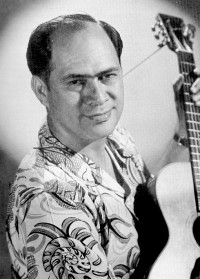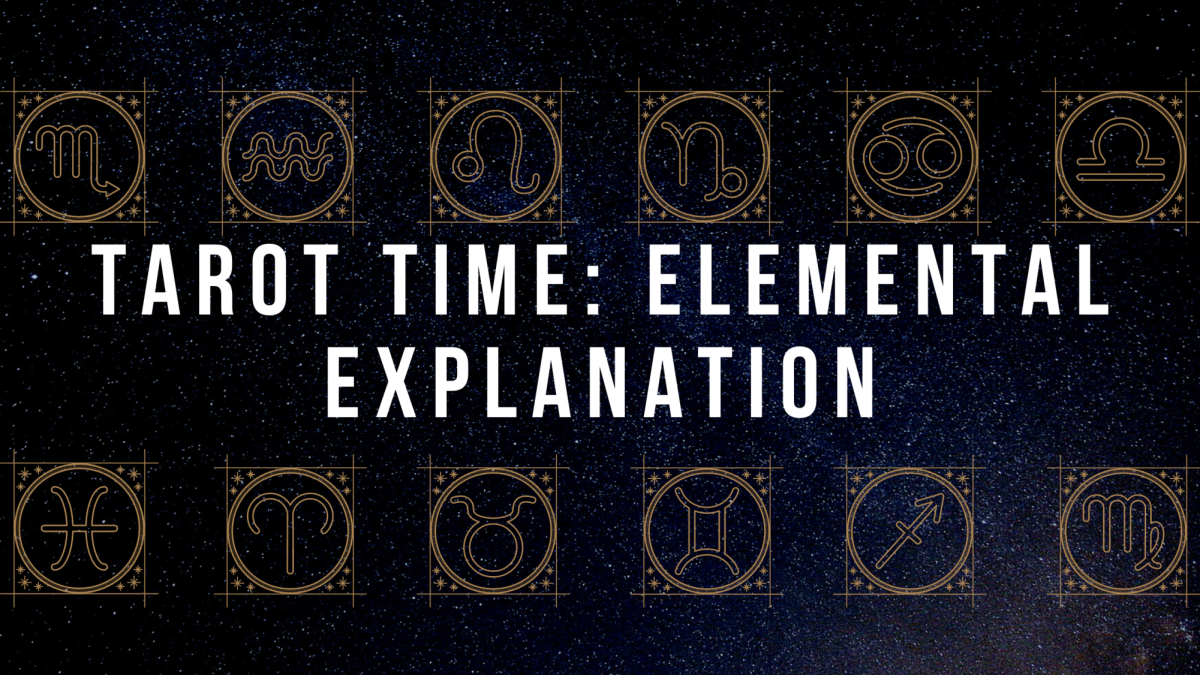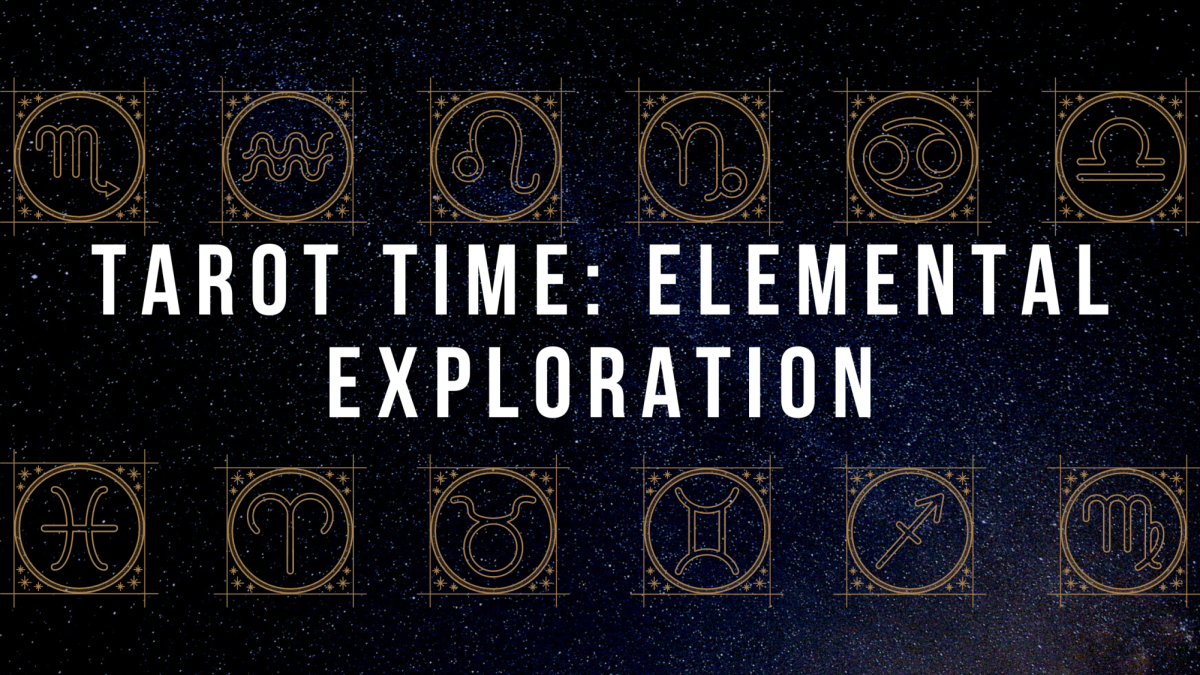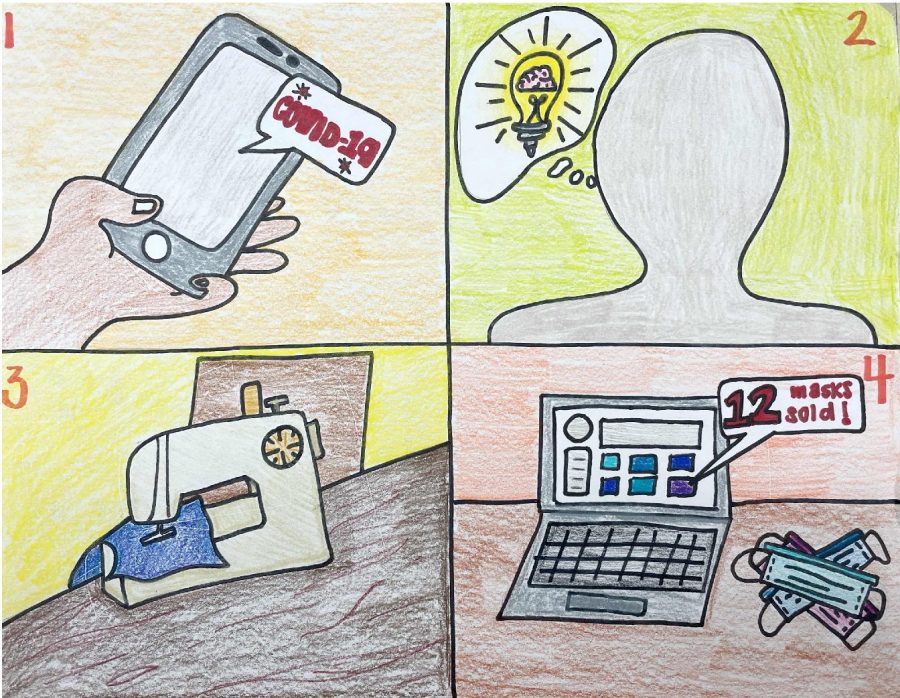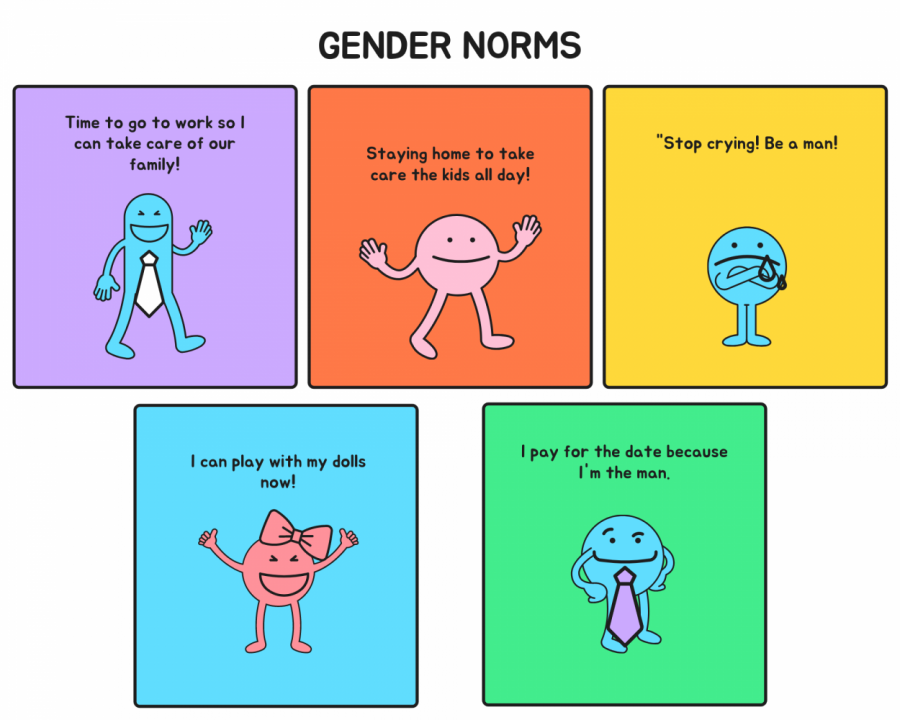Hawaiian songs were written solely in Hawaiian until a Broadway musical featuring Hawaiian musicians became a hit in 1912. Then, Hawaiian music slowly gained popularity throughout America.
To appeal to people other than just Hawaii residents, Hawaiian music composers continued to create their music with Hawaiian melodies but with English lyrics.
In 1915, the Panama Pacific Exposition, celebrating the recently completed Panama Canal, featured attractions from all over the world, which included the territory of Hawaii. Because of this, Hawaiian music’s popularity grew.
“By 1916, Hawaiian records were outselling practically everything else on the mainland,” said Hawaiian music historian, Amy Stillman, according to an article by Michael Keany.
What makes hapa haole music especially important is the fact that it kept the Hawaiian culture alive when residents felt it was being taken away from them.
After the monarchy was overthrown, the Hawaiian language wasn’t allowed to be taught in school. This meant Hawaiian musicians couldn’t incorporate Hawaiian lyrics into songs. Hapa haole music let composers stay true to their culture while also appealing to larger audiences.
“My father, Andy Cummings, was a very famous composer when hapa haole music first started. He wrote and sang the song ‘Waikiki,’ and was greatly appreciated among Hawaii’s people. There were other artists who were popular at this time, including Bing Crosby. Hapa haole music had beautiful melodies and the lyrics were very well put together. Songs nowadays lack poetry,” said Director of Development, Andrea Hamilton.
According to Harry B. Soria Jr., a DJ radio show host of hapa haole music, Cummings is “revered as one of the most memorable hapa haole composers of the era. His classic hapa haole mele, ‘Waikiki,’ is considered by many to be the ultimate hapa haole love song ever written.”
There were many famous composers during the hapa haole period who are still revered, and some songs that are still known today. Robert Anderson composed the famous Christmas song, “Mele Kalikimaka,” that is still sung today. Albert “Sonny” Cunha was the one to first popularize hapa haole music by making the earliest hapa haole song in 1903. Henry Kailimai was a talented ukulele player whose music has been featured in movies such as those of Shirley Temple and “Cheaper By the Dozen” (1950 version). Another famous hapa haole composer was John Kameaaloha Almeida who was a blind musician and had his own radio program, which led to his being named “The Dean of Hawaiian Music.”
Many say hapa haole music ended with Hawaii statehood while the golden hapa haole period had already ended. Hawaiian music that is played now is considered to be “local pop” rather than hapa haole, according to Soria.
Still, Soria believes that young Hawaiian music groups are slowly getting more and more involved with hapa haole music by singing local classics and getting the Hawaiian melody back in some songs.























